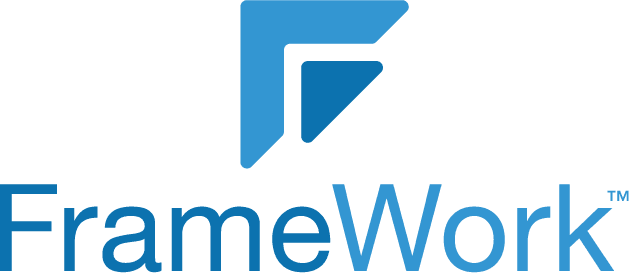
Increasing Value
How an Engineer Replaced Low Value Work with High Value Work
Background
A high-tech engineer with 12 years experience as a coder, architect, and systems integrator participated in a FrameWork process where he (“Joe”) and his peers identified meetings as an issue from their FrameWork assessment. 41% of the responses regarded meeting effectiveness as somewhat negative to extremely negative. They estimated 25-50% of their time was wasted in unproductive meetings. Joe’s group identified 70 potential improvements and the Scrum meeting bubbled up as the third highest vote to improve.
Scrum Improvement Project
Joe expressed frustration over spending 12% of his time in unproductive Scrum Meetings. He agreed to lead an improvement team with Susan as his co-lead, and Larry (a manager) as his mentor. Joe’s team created a project improvement plan and received executive approval to implement their solution as outlined here:
- Problem Addressed: 12 Meetings per week lasting on average one hour each. More than 20 people were invited yet many were not needed and others missing were needed. The scope drifted from a concise issue and action meeting to include project communications and hashing with often redundant discussions.
- Solution Summary: Started with training attendees on Scrum Guidelines and creating a consistent agenda. Clarified and insisted on only required attendees including program management. Implement an ongoing survey process to reinforce discipline.
- Objectives/Outcomes: Implement an improved process and assess if the change was sustainable after 90 days. Achieve at least a 3% productivity improvement.
- Return Analysis: The average meeting time reduced by 30%. The net productivity gain was 3%. 50% of SCRUM attendees demonstrated savings on average of 33%. 25% of those attendee are designated as top talent.

The Net Group SCRUM Productivity Gain was 3%
Joe’s Increase in Service Value
Joe’s 6-month transformation plan included three reductions in current services and three additions. In this case “top” talent required services are worth 2.3 times “key” talent required services. The net changes in % FTE is unchanged. The original service value is 90% key and 10% top talent or 1.70 FTE. However, since two of the new services require Joe’s top talent then net increase is service value is now 76% key and 24% top talent or 1.98 FTE or a gain of 17%. The Scrum improvement only is 8%.
| Reduction of Low Value Services (key talent) | % FTE | Service Value (%FTE) |
| Project & Process Managment, Review (reduce) | -2% | -0.30 |
| Scrum Process, Meetings (reduce) | -7% | -.105 |
| Target Regression Testing (delegate) | -8% | -.120 |
| Total | -17% | -.255 |
| Increase of Higher Value Services | ||
| IP Development, Innovation (top talent) | +6% | +.21 |
| Technical Leadership, Projects (top talent) | +8% | +.28 |
| Test Execution, IQT Test (new, key talent) | +3% | +.045 |
| Total | +17% | +.535 |
| Net Gain in Service Value | +.280 (17%) | |
| Net Gain in Scrum Only | +.140 (8%) |
